Dear Stephen,
I have an important question and you are the only person that may have the answer. Dr. Joel Morenlader at Duke Neurology diagnosed me with Fluoroquinolone Toxicity Syndrome following courses of cipro and levaquin that I took 16 months ago. However, my naturopath suspects I have lyme disease, although a titer and a PCR test say differently. She thinks that since I have had short-lived flare-ups in the past, I probably had a severe herx reaction when I took the fluoroquinolones. Personally, now that I am piecing this together, I think I was reacting less severely in the past to the levaquin I was repeatedly prescribed for sinus infections. Regardless, I just had a tick bite a month ago that caused a nasty rash and my PCP put me on doxycycline. Therefore, I figured there is no harm in hedging my bets and naturopathically treating for lyme too. Or is there some harm? She put me on samento.
After researching it, I saw that Dr. Lee Cowden claims that its antimicrobial effects are due to the quinovic acid glycosides on which quinolone antibiotics are based. I told my naturopath and called Nutramedix. Both assured me that there are no quinolones in Samento and there won’t be any similar reactions. Reviewing the chemical structures of both leads me to believe there are no similarities, I can’t be sure they won’t have similar reactions. I already started using the samento and have been feeling much worse. Is this just a Herxheimer reaction or am I potentially worsening my FTS symtoms by taking the samento? Please get back to me soon. I am suffering horribly already and extremely frightened by the prospect of making matters worse when I desperately want to get better.
Stephen’s response:
There are no similarities, however, some people don’t respond well to samento. I personally believe that TOA-free cat’s claw does create more side effects than the whole herb does and I have seen this before. Just stop using it.
Stephen
-
Stephen Harrod Buhner was an Earth poet and an award-winning author of twenty-four books on nature, indigenous cultures, the environment, and herbal medicine including the acclaimed book Healing Lyme: Natural Healing & Prevention of Lyme Borreliosis & Its Co-infections.
Stephen came from a long line of healers including Leroy Burney, Surgeon General of the United States under Eisenhower and Kennedy, and Elizabeth Lusterheide, a midwife and herbalist who worked in rural Indiana in the early nineteenth century. The greatest influence on his work, however, was his great-grandfather C.G. Harrod who primarily used botanical medicines, also in rural Indiana, when he began his work as a physician in 1911.
Stephen’s work has appeared or been profiled in publications throughout North America and Europe including Common Boundary, Apotheosis, Shaman’s Drum, The New York Times, CNN, and Good Morning America. Stephen lectured yearly throughout the United States on herbal medicine, the sacredness of plants, the intelligence of Nature, and the states of mind necessary for successful habitation of Earth.
He was a tireless advocate for the reincorporation of the exploratory artist, independent scholar, amateur naturalist, and citizen scientist in American society – especially as a counterweight to the influence of corporate science and technology.
View all posts





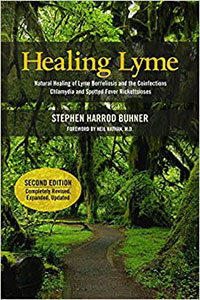
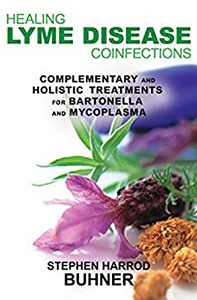
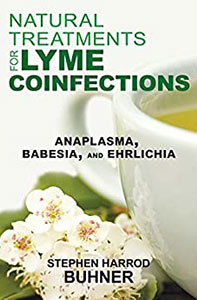
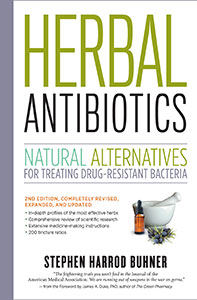
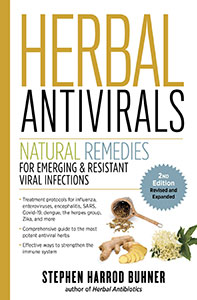



I have a g6pd deficiency. Anti- malarials are contraindicated, as are quinolones. Is taking cryptolepis a risk I should avoid? Need a systemic antibiotic. Sulfa drugs contraindicated as well.